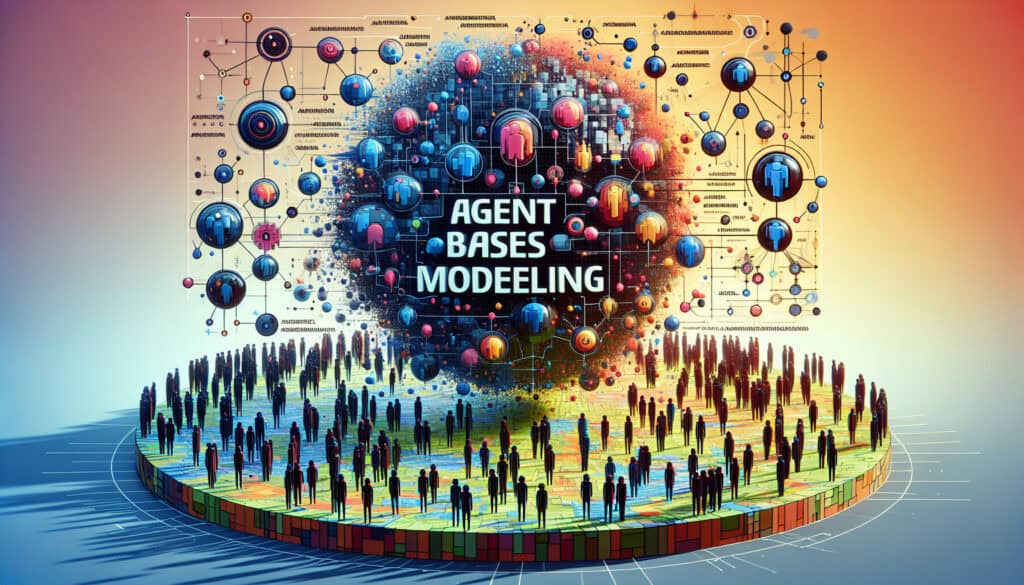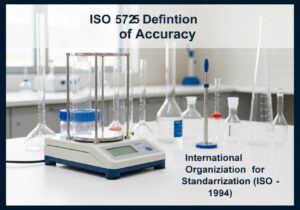A computational modeling technique that simulates the actions and interactions of autonomous agents (both individual and collective entities) to assess their effects on the system as a whole.
- Metodologías: Ergonomía
Modelización basada en agentes

Modelización basada en agentes
- Inteligencia Artificial (IA), Aprendizaje automático, Simulación, Lenguaje de modelado de sistemas (SysML)
Objetivo:
Cómo se utiliza:
- In various fields, it's used to understand complex systems by modeling the behavior of individual agents and observing the emergent patterns and behaviors of the system.
Ventajas
- Allows for the study of complex systems that are difficult to analyze with traditional methods, can capture emergent behavior, and provides a flexible framework for modeling a wide range of phenomena.
Contras
- Can be computationally expensive, the results can be sensitive to the assumptions made about agent behavior, and validating the model can be challenging.
Categorías:
- Economía, Ingeniería, Resolución de problemas
Ideal para:
- Simulating the behavior of complex systems with many interacting agents.
Agent-Based Modeling (ABM) serves as a powerful tool across various fields, including environmental science, economics, sociology, and engineering, where it can effectively simulate and analyze the behavior of individual agents, such as consumers, animals, or even products, within a system. In environmental science, for example, ABM can model the interactions between different species and their habitat, providing insights into ecosystem dynamics and aiding in conservation efforts. In the realm of economics, researchers use ABM to simulate market behaviors, allowing for the examination of how economic agents react to changes in policy or market conditions, which can inform government decisions on regulations and intervention strategies. The methodology is also applicable in urban planning, where it can simulate the movement and behavior of residents within a city to optimize infrastructure development. During different phases of a project lifecycle, ABM can be integrated at the design and testing stages, allowing stakeholders, including engineers, designers, and researchers, to visualize potential outcomes and refine product features accordingly. By involving cross-disciplinary teams, including domain experts, data scientists, and end-users, ABM can facilitate collaborative resolución de problemas, leading to more effective and centrado en el usuario designs. This methodology’s adaptability enables it to be tailored to specific research questions and contexts, making it suitable for use in pilot studies or large-scale implementations, depending on the project’s goals and resource availability.
Pasos clave de esta metodología
- Define the problem and identify the system of interest.
- Identify the agents involved and their characteristics.
- Define the rules governing agent behavior and interactions.
- Establish the environment in which agents operate.
- Implement the model using appropriate software or programming languages.
- Determine parameters for simulations and run initial tests.
- Analyze the output data to identify emergent patterns.
- Refine the model based on findings and adjust rules or parameters as necessary.
- Conduct further simulations to validate results and explore scenarios.
Consejos profesionales
- Implement a sensitivity analysis to identify how variations in agent parameters influence emergent outcomes.
- Utilize multi-agent systems combined with machine learning techniques for enhanced prediction and adaptation capabilities.
- Incorporate real-world data to calibrate models effectively, ensuring alignment with actual observed behaviors and patterns.
Leer y comparar varias metodologías, recomendamos el
> Amplio repositorio de metodologías <
junto con otras más de 400 metodologías.
Sus comentarios sobre esta metodología o información adicional son bienvenidos en la dirección sección de comentarios ↓ , así como cualquier idea o enlace relacionado con la ingeniería.
Contexto histórico
1960
1961
1968
1974-11-15
1980
1986
1991
1960
1960
1963
1970
1980
1980
1990
1994
(si se desconoce la fecha o no es relevante, por ejemplo "mecánica de fluidos", se ofrece una estimación redondeada de su notable aparición)














Publicaciones relacionadas
Programa Maestro de Producción (MPS)
Personalización masiva
Embudo de marketing
Auditoría de marketing
Índice MAPO (Movimiento y Asistencia de Pacientes Hospitalizados)
Planificación de recursos de fabricación (MRP II)